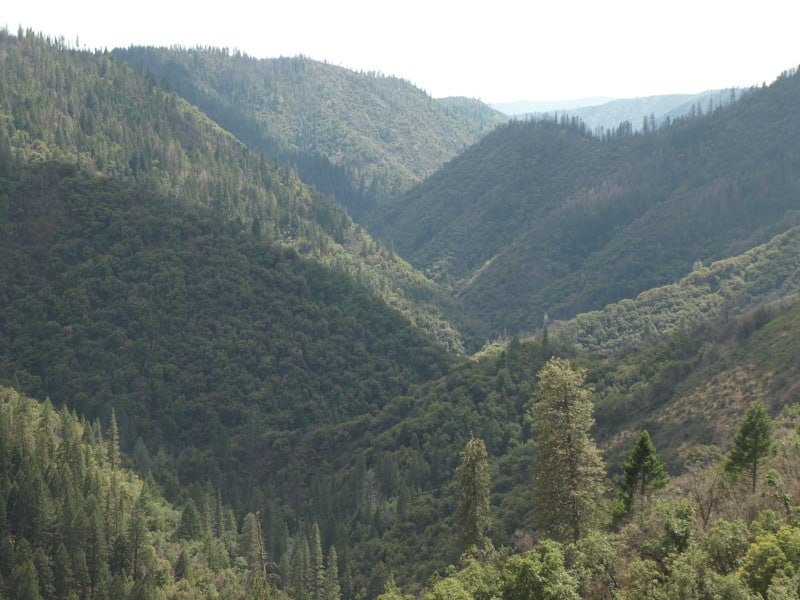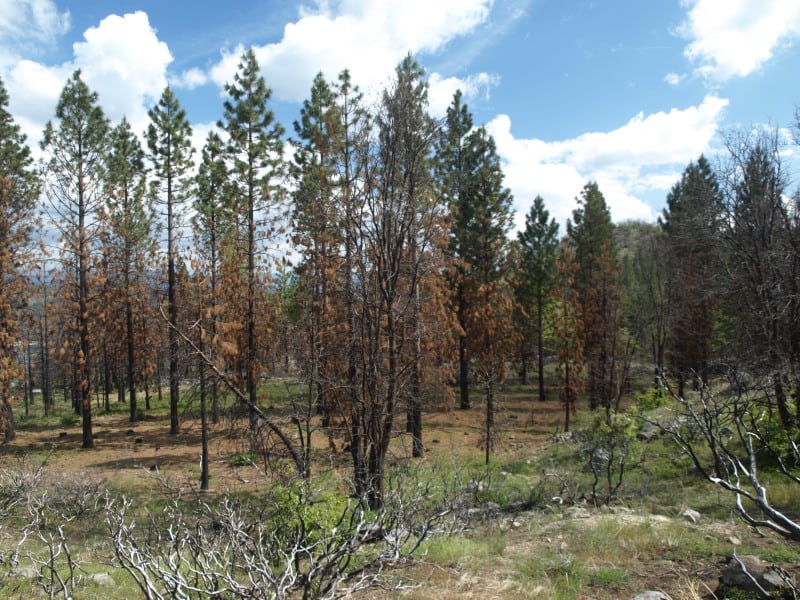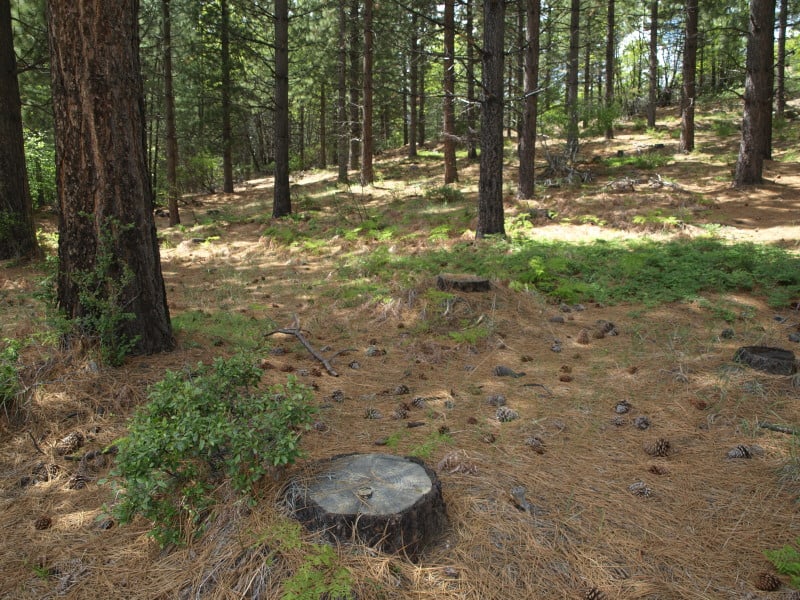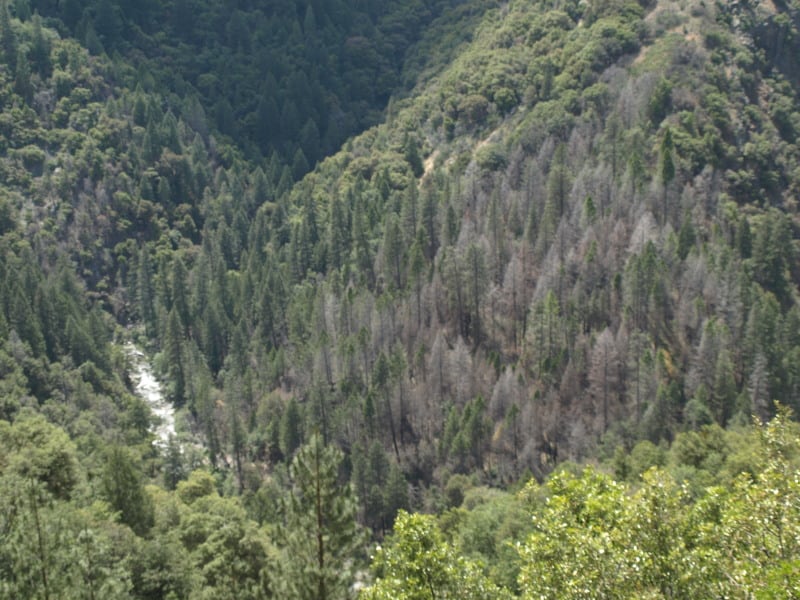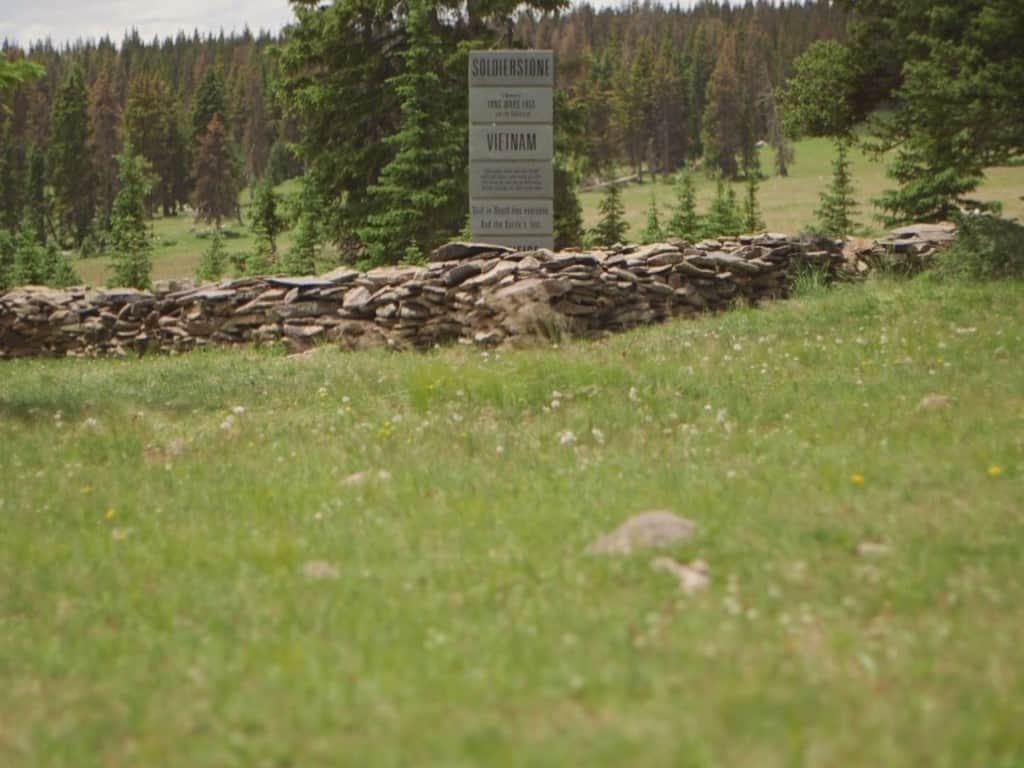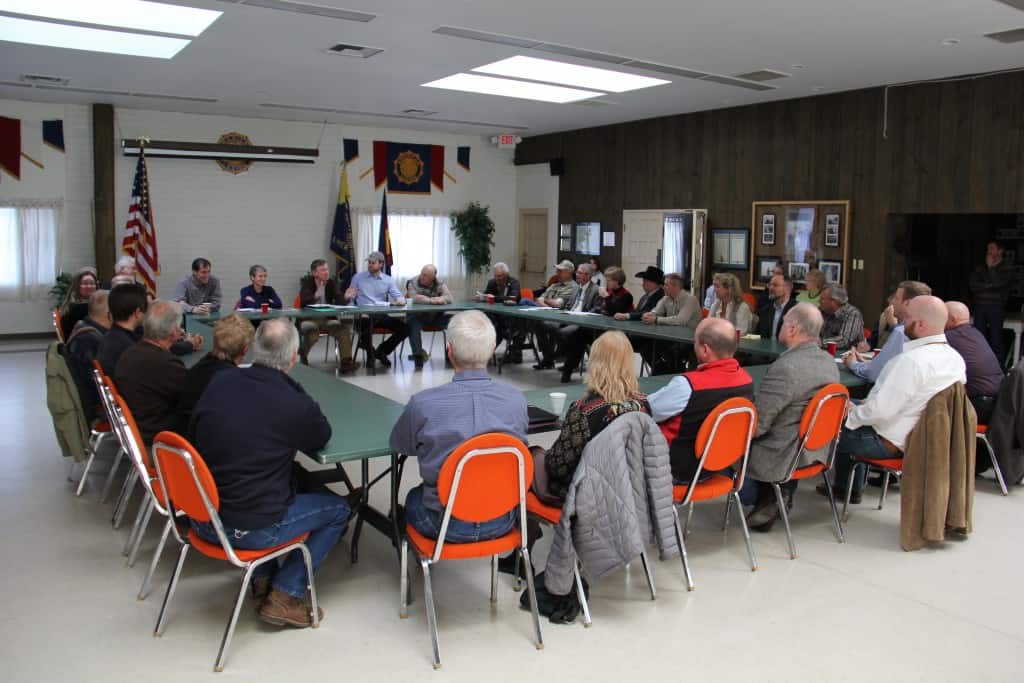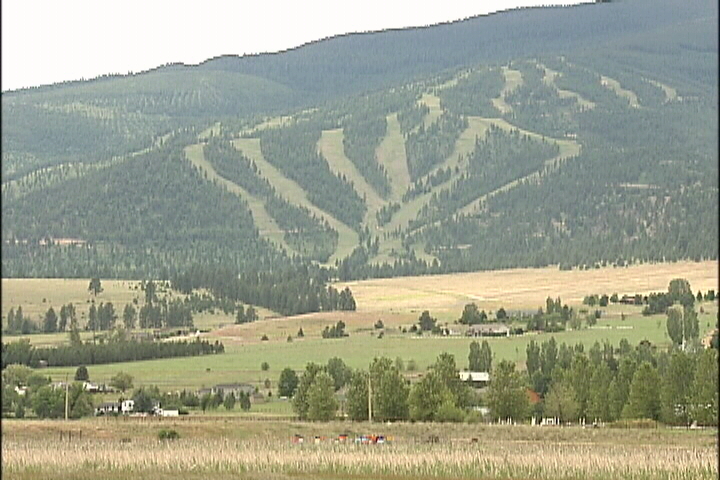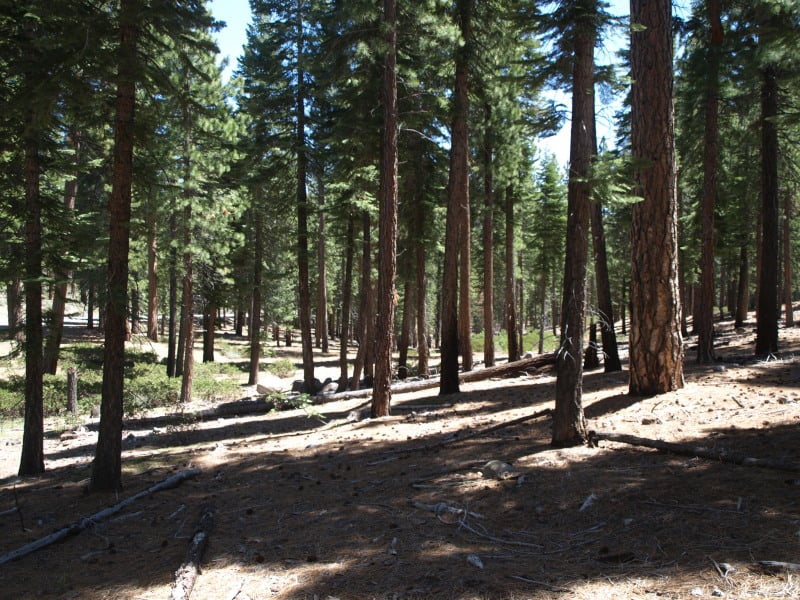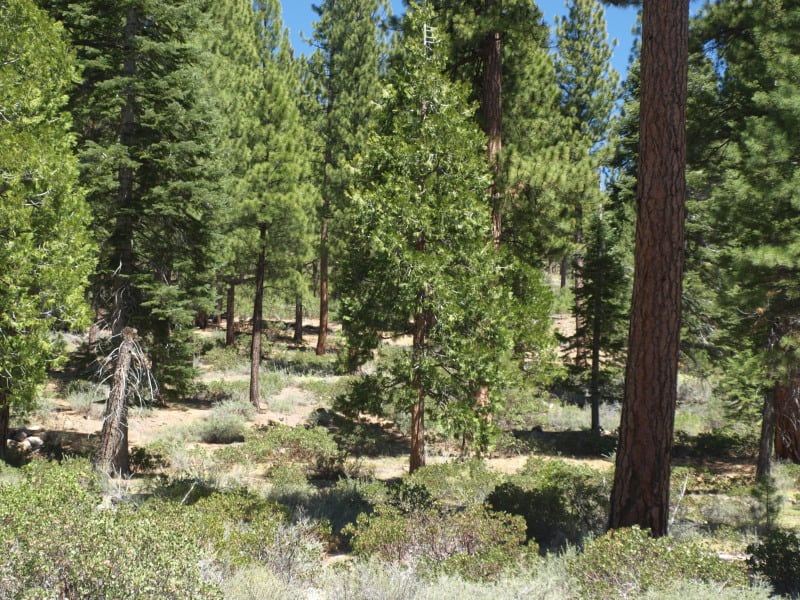
Here is a link to a case study by Todd Morgan and John Baldridge of BBER. I have to thank them for at least attempting to quantify the bucks that we spent when I worked for the Forest Service.
But what I think is really interesting is the reporting of this study in the Missoulian here.
First of all, the source of funding is in the title. Now that’s an interesting approach, and I think that it’s pretty unusual. But the Forest Service funds lots of research and other kinds of studies.. it even funded an administrative study on place-based efforts by Martin Nie of University of Montana.. and about a zillion other projects. In an organization as diverse as the Forest Service, I don’t know if “funded by the Forest Service” carries any meaning.
However, we also know that some studies are funded by environmental organization, folks like Headwaters and even Pew has funded studies that focus on one point of view. Yet most of the news stories I’ve found do not spend the first two paragraphs talking about the inclinations of the groups funding the study. I don’t think it’s a bad idea.just think that if folks are going to do it, they should do it consistently.
The reporter also interviewed Michael Garrity who made a series of claims. Now I think that perhaps every news article about a study should include someone who disagrees with it. There are a couple of problems though, with that. The first is that academics seldom question each other in print, which decreases the pool of available people. Then you could get people like me but if I were critiquing something my tone would be too civilized to make good press. I don’t know what the answer is ..
Michael Garrity, executive director of the Alliance for the Wild Rockies, a Helena-based organization that has sued to stop many timber sales in the state, didn’t put much stock in the report.
“The Forest Service loses money on almost all of their timber sales, almost $1,400 per acre, so it never makes sense to me how stopping the government from losing money costs money,” he said. “I can’t be any more straightforward than that. The (BBER) gets a lot of money from the timber industry, so I guess they are just doing what they are getting paid to do. This report is not in any published research journal or anything. They’re making their funders happy. There is no academic credibility behind that report at all.”
Sharon’s comments: EEK…ghosts of the below-cost timber sale controversy! Maybe someone out there can quote some published figures on that? I would bet different people include different things and come up with different numbers. However, my point is that everything the Forest Service does costs money.. duh.. so if you increase the costs above what they would otherwise spend, then it costs them more. (A + B)>A.
Let’s take an example- a ski area expansion. If you litigate it and the litigation costs are rolled into the cost of administering the permit, then it costs more. Or perhaps a campground or recreation road. I don’t get this logic.
Also, if “not published in a research journal” means “no credibility” well then…some topics are not popular in “research journals”, and some points of view are not popular. I would love to think that editors and reviewers are open-minded, interested in a wide range of topics and practical things that are useful to people, and objective, but peer-reviewed articles have shown that this is not the case ;).
Garrity, who says he is an economist by training, said the report makes no mention of the negative environmental effects of timber sales or the positive effects to taxpayers of stopping a timber sale.
Thanks to the High Country News for being more specific about Mr. Garrity’s economics pedigree here. I’m not critiquing his background, shoot- he has more than I do (note: some of my favorite people to work with and clearest thinkers have been forest economists).
My critique of his comment is that I thought the question the study was addressing was ” how does litigation affect the costs?”. Not “should we have timber sales based on a cost-benefit (social, economic, environmental) analysis?”
. He says “the positive effects of stopping a timber sale”. But many (most?) aren’t actually stopped, just dragged out and analyzed more over time. You would have to examine the probability of winning (according to some FS colleagues it’s a “crapshoot”) times the amount of money saved or spent. It would be kind of nice to have a table for the public posted that showed for the last 10 years, key characteristics of the project, was it collaborative? who sued, if they appealed and the ultimate date and size of project finished. Ah.. the People’s Database.
“Obviously, I have my biases, but Congress appropriates money (to the Forest Service for logging), it’s very clearly a subsidy, so anything that reduces that subsidy is a good thing,” he said. “There’s also a lot of timber sales that keep getting delayed because there isn’t a demand.
Congress appropriates money for recreation also, so if we have fewer campgrounds that must be a good thing..
“I checked yesterday, and the price of lumber is down 26 percent for the year. The housing industry really hasn’t recovered yet from the recession. To say delaying a timber sale costs money, it’s hard to take that seriously because there’s a lot of timber sales sitting out there they haven’t cut because there’s not a market for the timber.”
I’m not an expert on trends in Montana today (would appreciate input from some). And logically people still need wood for things, regardless of how the needs compare to before the recession.
Again, I think it’s a great idea to have an open discussion whenever a study comes out. The opener the better!
